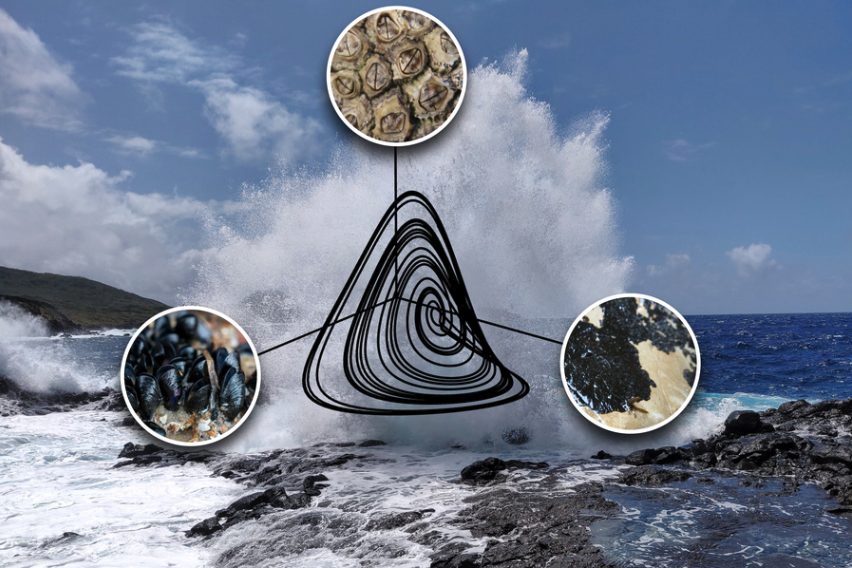3Q: Why Europe is so vulnerable to heat waves

Climate modeling shows that this summer’s devastating European heat wave may indeed be a harbinger of the future for that region.
This year saw high-temperature records shattered across much of Europe, as crops withered in the fields due to widespread drought. Is this a harbinger of things to come as the Earth’s climate steadily warms up?
Elfatih Eltahir, MIT professor of civil and environmental engineering and H. M. King Bhumibol Professor of Hydrology and Climate, and former doctoral student Alexandre Tuel PhD ’20 recently published a piece in the Bulletin of the Atomic Scientists describing how their research helps explain this anomalous European weather. The findings are based in part on analyses described in their book “Future Climate of the Mediterranean and Europe,” published earlier this year. MIT News asked the two authors to describe the dynamics behind these extreme weather events.
Q: Was the European heat wave this summer anticipated based on existing climate models?
Eltahir: Climate models project increasingly dry summers over Europe. This is especially true for the second half of the 21st century, and for southern Europe. Extreme dryness is often associated with hot conditions and heat waves, since any reduction in evaporation heats the soil and the air above it. In general, models agree in making such projections about European summers. However, understanding the physical mechanisms responsible for these projections is an active area of research.
The same models that project dry summers over southern Europe also project dry winters over the neighboring Mediterranean Sea. In fact, the Mediterranean Sea stands out as one of the most significantly impacted regions — a literal “hot spot” — for winter droughts triggered by climate change. Again, until recently, the association between the projections of summer dryness over Europe and dry winters over the Mediterranean was not understood.
In recent MIT doctoral research, carried out in the Department of Civil and Environmental Engineering, a hypothesis was developed to explain why the Mediterranean stands out as a hot spot for winter droughts under climate change. Further, the same theory offers a mechanistic understanding that connects the projections of dry summers over southern Europe and dry winters over the Mediterranean.
What is exciting about the observed climate over Europe last summer is the fact that the observed drought started and developed with spatial and temporal patterns that are consistent with our proposed theory, and in particular the connection to the dry conditions observed over the Mediterranean during the previous winter.
Q: What is it about the area around the Mediterranean basin that produces such unusual weather extremes?
Eltahir: Multiple factors come together to cause extreme heat waves such as the one that Europe has experienced this summer, as well as previously, in 2003, 2015, 2018, 2019, and 2020. Among these, however, mutual influences between atmospheric dynamics and surface conditions, known as land-atmosphere feedbacks, seem to play a very important role.
In the current climate, southern Europe is located in the transition zone between the dry subtropics (the Sahara Desert in North Africa) and the relatively wet midlatitudes (with a climate similar to that of the Pacific Northwest). High summertime temperatures tend to make the precipitation that falls to the ground evaporate quickly, and as a consequence soil moisture during summer is very dependent on springtime precipitation. A dry spring in Europe (such as the 2022 one) causes dry soils in late spring and early summer. This lack of surface water in turn limits surface evaporation during summer. Two important consequences follow: First, incoming radiative energy from the sun preferentially goes into increasing air temperature rather than evaporating water; and second, the inflow of water into air layers near the surface decreases, which makes the air drier and precipitation less likely. Combined, these two influences increase the likelihood of heat waves and droughts.
Tuel: Through land-atmosphere feedbacks, dry springs provide a favorable environment for persistent warm and dry summers but are of course not enough to directly cause heat waves. A spark is required to ignite the fuel. In Europe and elsewhere, this spark is provided by large-scale atmospheric dynamics. If an anticyclone sets over an area with very dry soils, surface temperature can quickly shoot up as land-atmosphere feedbacks come into play, developing into a heat wave that can persist for weeks.
The sensitivity to springtime precipitation makes southern Europe and the Mediterranean particularly prone to persistent summer heat waves. This will play an increasingly important role in the future, as spring precipitation is expected to decline, making scorching summers even more likely in this corner of the world. The decline in spring precipitation, which originates as an anomalously dry winter around the Mediterranean, is very robust across climate projections. Southern Europe and the Mediterranean really stand out from most other land areas, where precipitation will on average increase with global warming.
In our work, we showed that this Mediterranean winter decline was driven by two independent factors: on the one hand, trends in the large-scale circulation, notably stationary atmospheric waves, and on the other hand, reduced warming of the Mediterranean Sea relative to the surrounding continents — a well-known feature of global warming. Both factors lead to increased surface air pressure and reduced precipitation over the Mediterranean and Southern Europe.
Q: What can we expect over the coming decades in terms of the frequency and severity of these kinds of droughts, floods, and other extremes in European weather?
Tuel: Climate models have long shown that the frequency and intensity of heat waves was bound to increase as the global climate warms, and Europe is no exception. The reason is simple: As the global temperature rises, the temperature distribution shifts toward higher values, and heat waves become more intense and more frequent. Southern Europe and the Mediterranean, however, will be hit particularly hard. The reason for this is related to the land-atmosphere feedbacks we just discussed. Winter precipitation over the Mediterranean and spring precipitation over southern Europe will decline significantly, which will lead to a decrease in early summer soil moisture over southern Europe and will push average summer temperatures even higher; the region will become a true climate change hot spot. In that sense, 2022 may really be a taste of the future. The succession of recent heat waves in Europe, however, suggests that things may be going faster than climate model projections imply. Decadal variability or badly understood trends in large-scale atmospheric dynamics may play a role here, though that is still debated. Another possibility is that climate models tend to underestimate the magnitude of land-atmosphere feedbacks and downplay the influence of dry soil moisture anomalies on summertime weather.
Potential trends in floods are more difficult to assess because floods result from a multiplicity of factors, like extreme precipitation, soil moisture levels, or land cover. Extreme precipitation is generally expected to increase in most regions, but very high uncertainties remain, notably because extreme precipitation is highly dependent on atmospheric dynamics about which models do not always agree. What is almost certain is that with warming, the water content of the atmosphere increases (following a law of thermodynamics known as the Clausius-Clapeyron relationship). Thus, if the dynamics are favorable to precipitation, a lot more of it may fall in a warmer climate. Last year’s floods in Germany, for example, were triggered by unprecedented heavy rainfall which climate change made more likely.
Article reposted from MIT News
Share on Bluesky


